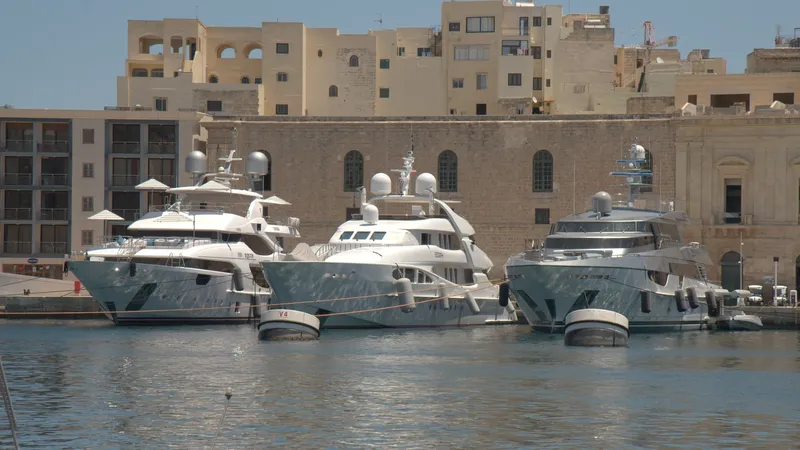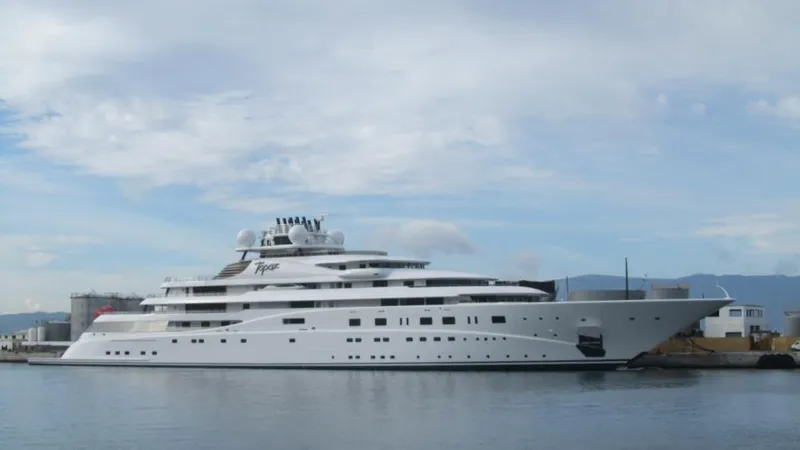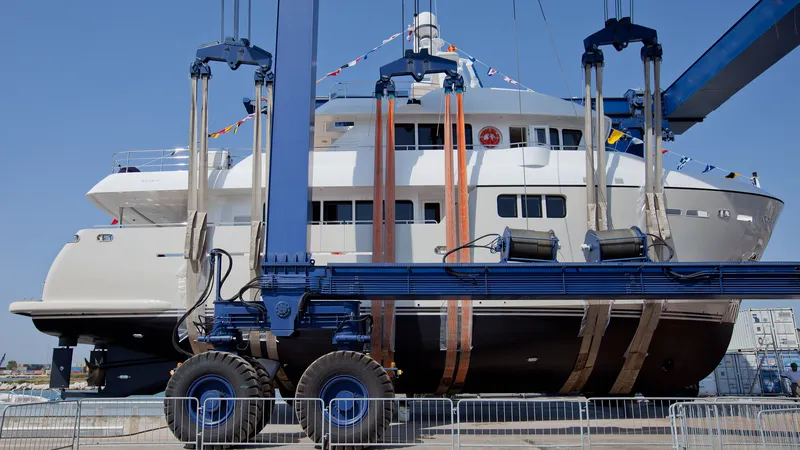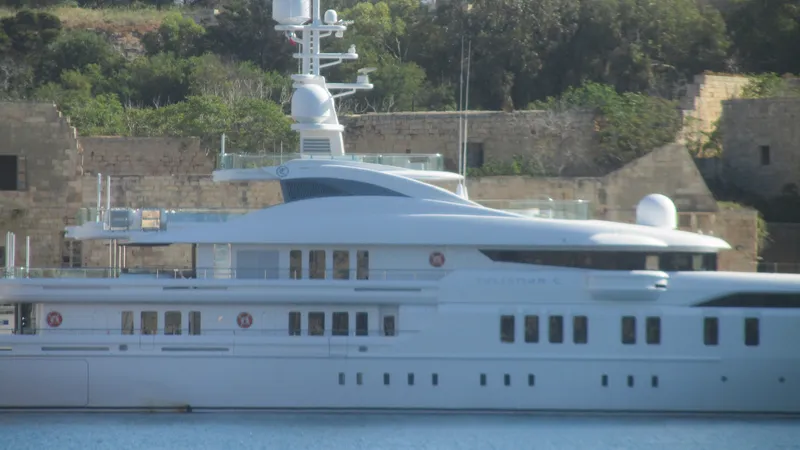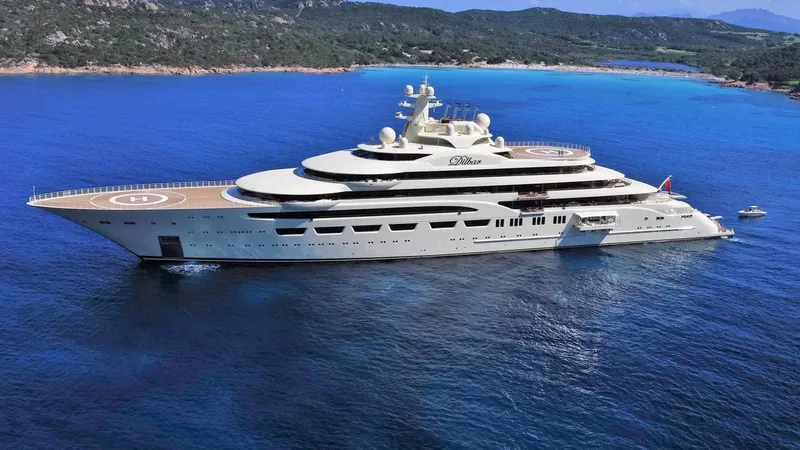Cost of a superyacht
The cost of a superyacht can vary significantly based on several factors, including the size, brand, customizations, and features of the yacht. Superyachts are luxury vessels that typically measure over 24 meters (79 feet) in length. As of January 2024, here's a general breakdown of the cost ranges for different categories of superyachts:
- Small Superyachts (24-40 meters or 79-131 feet):
Prices can range from around $10 million to $50 million. - Medium Superyachts (40-60 meters or 131-197 feet):
Prices typically range from $50 million to $100 million. - Large Superyachts (60-90 meters or 197-295 feet):
Prices often start from $100 million and can go well above $200 million. - Giga Yachts (Over 90 meters or 295 feet):
These are extremely large and luxurious yachts, and their prices can exceed $500 million, with some reaching into the billion-dollar range.
It's important to note that these are general estimates, and the actual cost can vary based on numerous factors, including the yacht's specifications, interior design, technology, brand reputation, and any additional features or customizations requested by the buyer.
Moreover, the ongoing operational costs of maintaining and running a superyacht can also be substantial. These costs include crew salaries, fuel, maintenance, insurance, docking fees, and other operational expenses.
Keep in mind that the superyacht market is dynamic, and prices can change based on market demand, economic conditions, and advancements in yacht technology and design.
Maintaining a superyacht
The cost of maintaining a superyacht is a significant ongoing expense and can vary widely based on several factors, including the yacht's size, age, usage, maintenance standards, and any additional features or amenities. Here are some key components that contribute to the maintenance costs of a superyacht:
- Crew Salaries:
The salaries of the yacht's crew, including the captain, engineers, deckhands, chefs, and hospitality staff, are a major portion of the operational expenses. - Fuel and Lubricants:
Fuel costs can be substantial, especially for larger superyachts with more powerful engines. Lubricants, oils, and other consumables for the engines and generators also contribute to this category. - Maintenance and Repairs:
Regular maintenance, inspections, and repairs to the hull, engines, navigation systems, and other onboard systems are necessary to ensure the yacht's seaworthiness and reliability. - Insurance:
Insurance premiums cover various aspects, including hull insurance, liability insurance, crew medical insurance, and more. - Docking and Berthing Fees:
Fees for berthing at marinas or other docking facilities can vary based on the location, facilities provided, and the size of the yacht. - Crew Training and Certifications:
Ongoing training and certification costs for the crew, especially in areas such as safety, security, and emergency response. - Technical Upgrades and Maintenance:
Investments in technology upgrades, electronics, and communication systems to keep the yacht up-to-date with the latest innovations. - Interior and Exterior Refits:
Periodic interior and exterior refits to update or refresh the yacht's appearance and amenities. - Provisioning and Amenities:
Costs associated with stocking the yacht with provisions, food, beverages, and other amenities for guests. - Management and Administrative Expenses:
Fees associated with yacht management services, administrative costs, and legal and regulatory compliance. - Environmental Compliance:
Costs related to adhering to environmental regulations, including waste management and emissions control. - Security:
Investments in security systems, personnel, and procedures to ensure the safety and security of the yacht and its occupants.
It's important to note that the annual operational costs of maintaining a superyacht can range from 10% to 15% (or more) of the yacht's initial purchase price. For large giga yachts, the operational costs can be particularly substantial.
Owners typically work with yacht management companies to handle the day-to-day operations, maintenance, and crew management. Detailed budgeting and financial planning are crucial to managing the ongoing expenses associated with owning and operating a superyacht.
.


